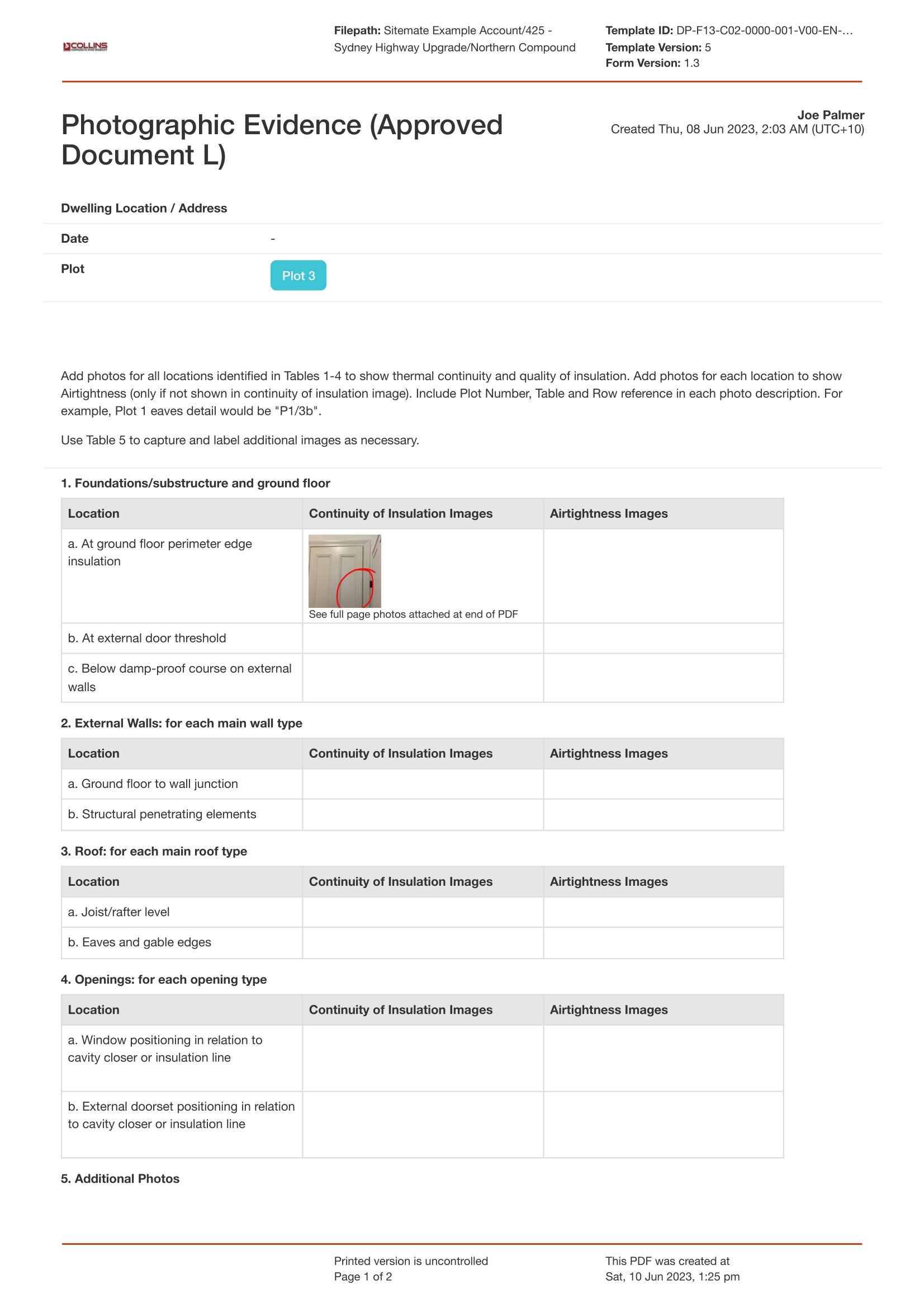Dashpivot article page – Part L regulations windows

Part L Regulations Windows
The Role of Windows in Part L and Energy Efficiency
Windows are great contributors in heat loss and gain in buildings and that’s why Part L regulations contain key requirements for windows, most specifically regarding their U-Values, solar gain control capability, and air tightness. Part L considers both energy efficiency and thermal comfort in the requirements. The standards set ensure that new and existing buildings maintain comfortable temperatures for occupants while at the same time reducing the need for mechanical cooling systems that require energy for usage.
Windows that have a lower U-value is an indication that a window is energy efficient. Part L indicates the maximum allowance U-Value for windows depending on the type of building and location, and it should be ensured that the windows used for the new or existing building ideally have lower U-Values. The main goals are to improve energy efficiency and reduce heat loss.
Solar gains should be managed effectively by choosing the appropriate windows located in the different areas of the building that block solar heat gain and also have protection against glares and ultraviolet exposure. The key is to have both balanced heat gain from the sunlight and better management for overheating. The metric used to measure how much solar heat is allowed to pass through a window is called the G-Value.
Poorly sealed windows may cause air leakage through gaps, cracks, or any openings around the windows. Causing heat loss due to ineffective sealing increases the demand of using heating and cooling systems that increase electricity and energy usage. The metric used to measure how airtight the window is and the heat lost through warm air escaping is called the L-factor. A lower L-factor means that it has better airtightness.
Windows should meet the standards set in Part L as they contribute in maintaining indoor comfort and reducing energy requirements and bills.
Part L Regulations windows
What is a Window Energy Ratings (WER)?
Window Energy Ratings (WER) is the measurement of the overall energy performance of windows. It is based on the three factors: (1) thermal losses (U-value), solar gains (G-Value), and air leakage (L-Factor). The ratings are expressed from A++ as the most efficient and E as the least efficient. A window rated A+++ or A-rated will likely have low U-values, balanced G-values, and low L-values.
A certification of this rating is issued by organizations like the British Fenestration Rating Council (BFRC). This measurement is used for developers, builders, and even homeowners to choose which windows are the most energy efficient and applicable for their type of building. An indication whether the window is A+++ or A-rated is the color-coded label that shows the window’s energy efficiency, U-Value, G-value, and L-Factor. Part L indicates that all new windows should achieve at least a B rating to pass.
Key Requirements Under Each Factor for Windows as stated in Part L
U-Values (for thermal loss)
Windows
New dwelling: 1.4
New elements in existing dwellings: 1.6
Existing elements in existing dwellings: 1.6
Check with the requirements from the UK government websites for the U-values for different types of windows that also have different types of glazing and installation procedures.
G-Values (for solar gains)
Appropriate G-values to consider are dependent on the orientation of the window, location of the building, and the heating/cooling needs of the specific area. Specifically in the UK climate, a G-Value that is considered good is between 0.4 - 0.7.
L-Factor & Air Permeability
The L-Factor, ideally, should be as low as possible because the lower the L-factor, the less heat is lost through warm air escaping. The air permeability for a new dwellings and non-dwellings is 8 m³/(h·m²) at 50 Pa.
Types of Windows That Comply with Part L
-
Double and Triple Glazed Windows
-
Low-E Glass Windows
-
Composite Windows
-
Tilt and Turn Windows
-
Casement Windows
-
Sliding Windows
It is advisable to consult first to professionals such as manufacturers, suppliers, and Building Control bodies before designing and purchasing to check whether certain windows meet Part L regulations.
Where to get more details and information about the Windows in Part L Building Regulations?
For more details about windows and whether they comply with Part, refer to the UK’s official website for Building Regulations, the British Fenestration Rating Council (BFRC), Glass and Glazing Federation (CGF), National Building Specification (NBS), British Standards Institution (BSI), Local Authority Building Control (LABC), or from architects, building consultants, manufacturers and suppliers.
How to Ensure your Windows stay Compliant with Part L using digitized forms?
Use digitised forms for on-site inspections whether your windows comply with Part L, if they have the colour-coded labels certified from British Fenestration Rating Council (BFRC). You can create customised checklists for your inspections and even attach photographic evidence and data that have GPS, comments, tags, mark-ups, and many more. You can conduct these inspections during construction and post-construction.

Manage Part L regulations windows compliance using this digital Part L Photographic Evidence template
Create workflow documents that require sign offs from multiple inspectors and professionals and make sign offs quick and contactless. You can notify chosen people at certain stages of a process and you can view these documents to check their status.
A pre-construction inspection may also be a good idea by checking in with your suppliers whether all windows to be delivered are complete, compliant, and not damaged. This makes it easier for you to manage materials and items easily.

Inspection and Test Plan (ITP) template
No one plans to fail, they fail to plan. Ensure your projects are a success with this ITP.

Non-Conformance Report template
Document those painful non conformances with this powerful template.

Construction Punch List template
Punch your way through those punch lists with this powerful template.


